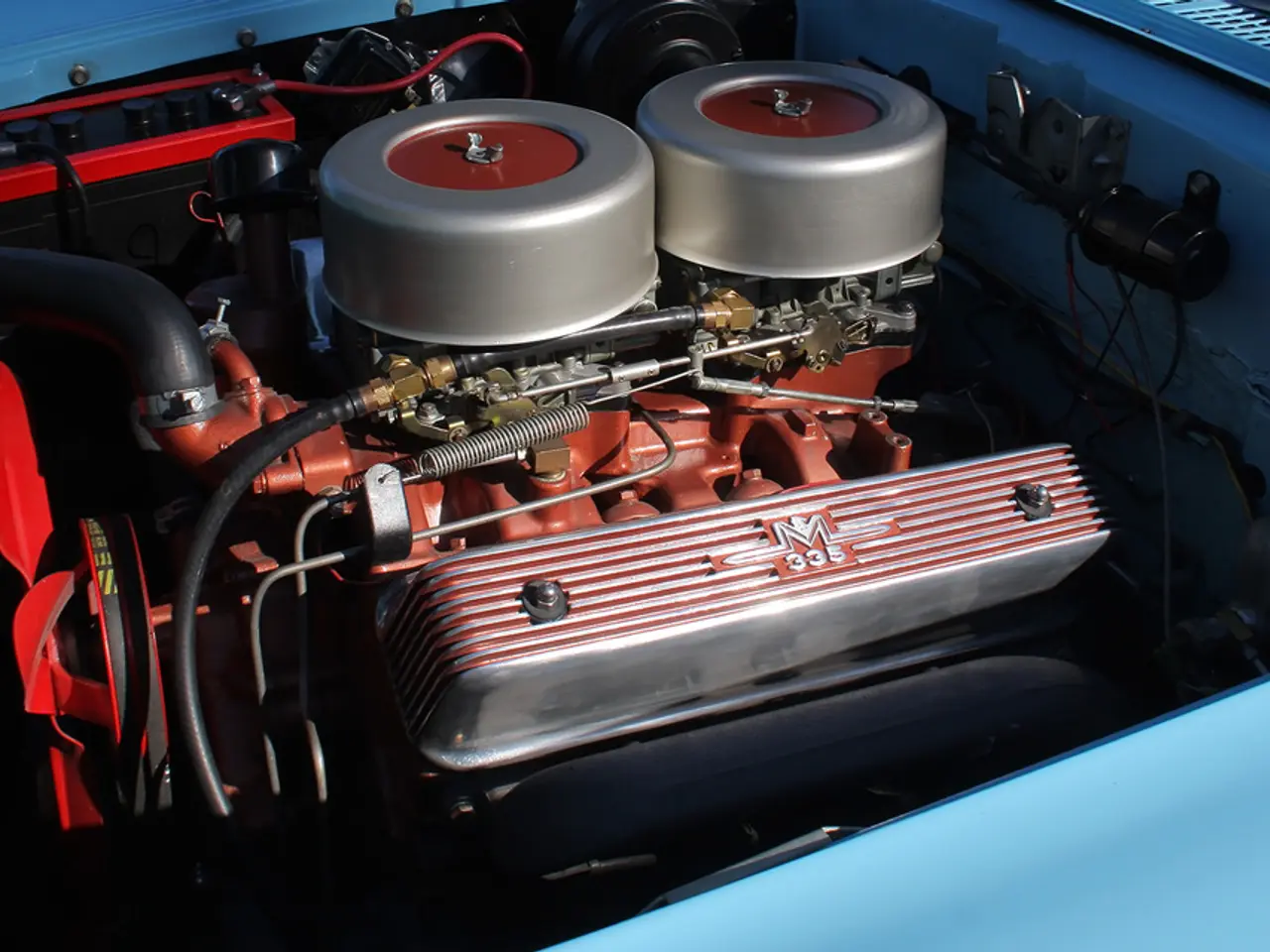Spooler Tension Adjustment
In the realm of oceanographic research, the Tensioning Spooler (TS) plays a vital role in ensuring the safe and efficient handling of cables, wires, or fiber optics during deployment and retrieval operations. This article provides an overview of the purpose, operation, and major components of the TS.
## The Purpose of a Tensioning Spooler
The primary function of a TS is to maintain a consistent tension on the cable or wire during spooling operations. This is essential for preventing damage to the line from excessive tension or sagging, which can occur due to the weight of the cable itself or external factors like currents or wind. Consistent tension helps maintain the structural integrity of the cable, ensuring reliable performance and longevity.
## The Operation of a Tensioning Spooler
During deployment, the TS ensures that the cable is unspooled smoothly with controlled tension. Conversely, during retrieval, it helps to maintain tension as the cable is wound back onto the spool, preventing tangles and ensuring that the cable is properly secured. The TS adjusts the tension based on the operational requirements, which can be done manually or automatically using sensors and control systems to monitor the tension and adjust it as needed. Furthermore, the spooler is designed to evenly distribute the cable across the spooling reel, ensuring that the cable layers are properly aligned and preventing uneven wear or damage.
## Major Components
### 1. Spooling Reel Stand
The spooling reel stand provides a sturdy base for holding the spool of cable. It may include features like adjustable bearings to ensure smooth rotation. The arbor of the spooling reel stand applies torque to the reel, turning it one way to haul line onto the reel or the opposite way to allow line to be pulled off it.
### 2. Tensioner
The tensioner maintains a consistent tension on the cable. It can be a mechanical or hydraulic device that applies a specific amount of force to the cable as it is spooled or unspooled. The sheaves of the tensioner are canted in a way that allows a line to be wound around both sheaves numerous times for a solid grip.
### 3. Power/Control Container
The power/control container houses the control systems and power supply for the TS. It typically includes electronic controls, sensors, and power sources necessary for operating the spooler. This container connects to the spooling reel stand and the levelwind via electrical cables and features a local control station with a touchscreen, switches, and indicators.
The TS Operational Layout includes various components such as the spooling reel stand, levelwind, tensioner, and power/control container. The TS system also includes a system for installing and removing lines from oceanographic winches. The spooling reel stand of the TS holds a single reel on a horizontal, electrically driven arbor.
Advanced Tensioning Spoolers may also integrate automation and monitoring systems to optimize operations and reduce manual intervention. For instance, the spooling reel stand of the TS has a levelwind, which places the line in the proper spot during winding, making even winding possible. Additionally, the tensioner's brakes may be applied to tension the line as a winch hauls in a line from the Tensioning Spooler.
The TS Power & Control Container houses all the power and control electronics necessary to operate the system. This container is an ISO dry freight container, ensuring portability and ease of transportation. The TS System Overview, Electrical, details the power supply and control systems of the TS.
In conclusion, the Tensioning Spooler is a critical component in oceanographic winches, ensuring the safe and efficient handling of cables during deployment and retrieval operations. By understanding its purpose, operation, and major components, researchers and engineers can appreciate the importance of this system in protecting both the cable and the equipment from damage.
In the unexpected fusion of industries, finance may be harnessed to fund advancements in the energy sector, including the development of more efficient Tensioning Spoolers (TS) for oceanographic research. The TS, with its automated capabilities, is also a prime candidate for integration with technology, enabling real-time monitoring and adjustment of cable tension, thereby improving overall performance and reliability.
Moreover, the TS, with its modular design, can potentially be repurposed in the realm of telecommunication technology to manage cables in high-speed internet deployment, ensuring minimal disruptions and maximum efficiency. The versatility of the TS, therefore, extends beyond the scope of oceanographic research, providing a promising intersection for finance, energy, and technology.




